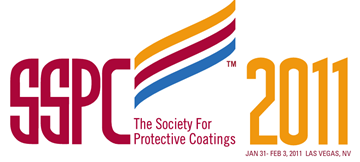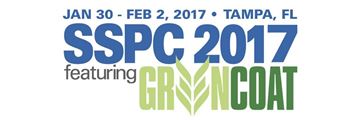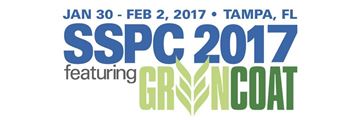Search
Products tagged with 'quality assurance'
View as
Sort by
Display
per page
Small Expense, Big Reward - The Impact and Value of Quality Assurance Testing of Coatings for Hydraulic Steel Structures
Product Number:
41216-958-SG
Publication Date:
2016
$20.00
Standards, Training and Certification in the Oil and Gas Industry
Product Number:
51216-014-SG
Publication Date:
2016
$20.00
Successful Preservation Practices for Steel Bridge Coatings
Product Number:
51217-033-SG
Publication Date:
2017
$20.00
Transmission Tower and Pole Painting - A Challenge for All Involved
Product Number:
51217-047-SG
Publication Date:
2017
$20.00





